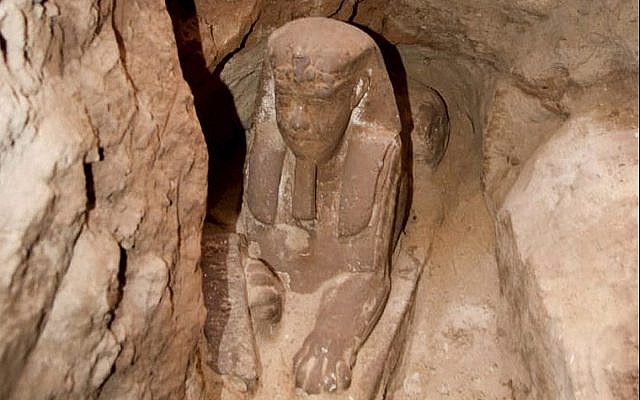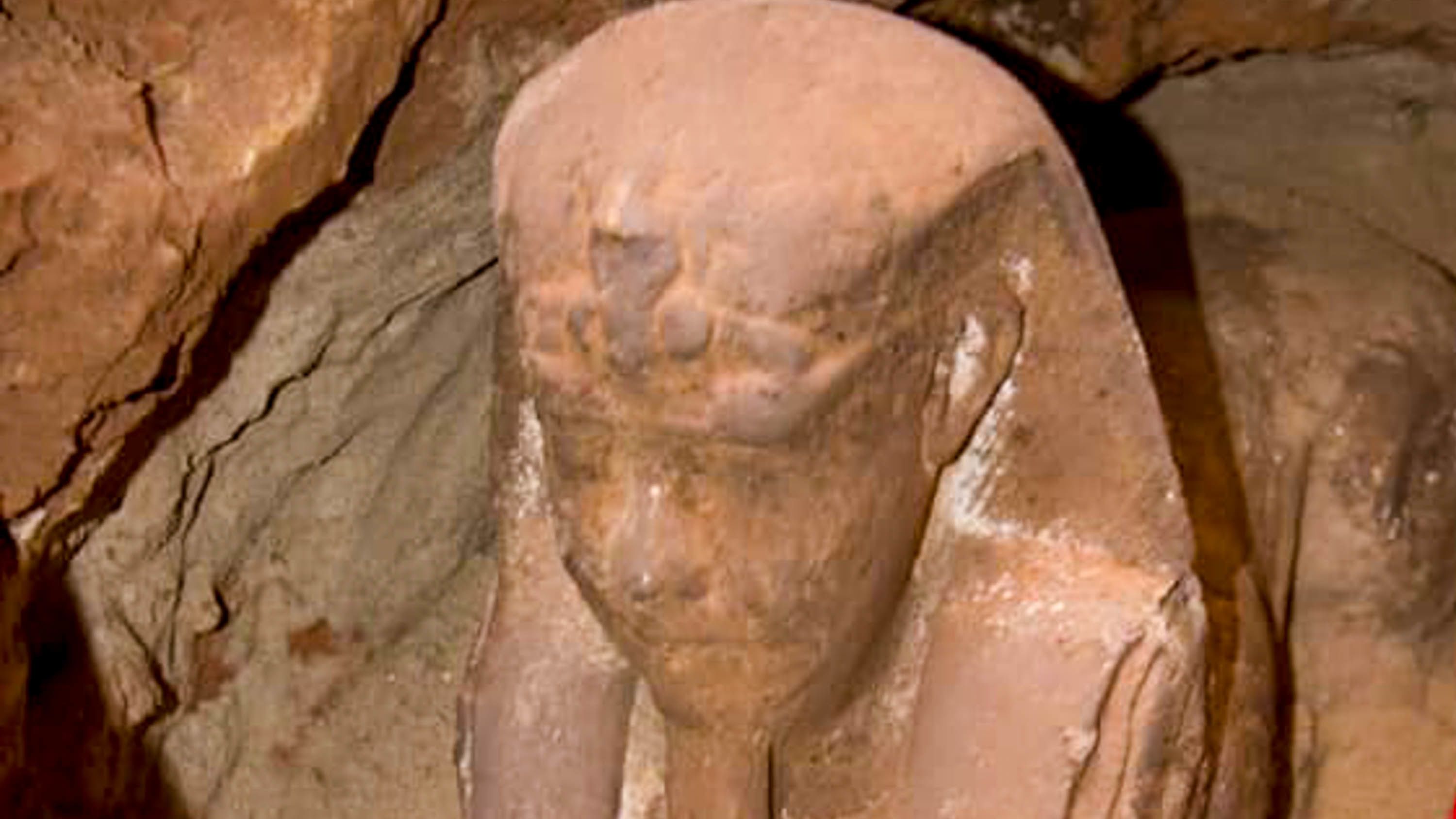In a captivating archaeological breakthrough, a beautifully crafted sandstone sphinx statue has been uncovered at the Kom Ombo Temple in Egypt. This discovery offers a rare glimpse into the Ptolemaic period (305–30 BCE), a time when Egypt was under Greek rule following Alexander the Great’s conquest. The sphinx, which was unearthed during efforts to manage the groundwater around the temple, provides valuable insight into the fusion of Egyptian and Greek cultural and artistic practices.
The Ptolemaic Period: A Time of Cultural Fusion
The Ptolemaic period is characterized by the unique blending of Egyptian traditions with Greek influences, a result of the historical legacy left by the Greeks following Alexander’s conquests. During this era, monumental architecture, religious practices, and artistic styles underwent significant transformations. The discovery of this sphinx serves as a testament to this cross-cultural interaction, as it blends the distinctive Egyptian iconography of the sphinx with artistic elements that reflect Greek influence. Sphinxes, long associated with the Egyptian gods, were often used as symbols of royal power, protection, and divine authority.

This artifact contributes to a broader understanding of the Ptolemaic era, a time known not only for its political significance but also for its religious and artistic achievements. As Egypt’s political landscape shifted under Greek rulers, religious practices evolved to include both Egyptian deities, like Sobek (the crocodile god worshipped at Kom Ombo), and newly introduced Greek gods. This blend of spiritual practices may have influenced the creation of the sphinx, which could have served a symbolic role in ceremonies or cultic activities within the temple.
The Sphinx and Its Connection to the Temple
The Kom Ombo Temple, dedicated to Sobek and the falcon-headed god Haroeris, was a prominent site of worship in ancient Egypt. The recent discovery of the sphinx may offer new clues about the temple’s religious functions and the role of art and statuary in its ceremonies. Sphinxes, commonly used as guardians of sacred spaces in Egyptian culture, might have been placed at strategic locations in the temple to protect it from evil and ensure divine favor. Given the presence of Sobek in Kom Ombo, the sphinx could represent divine protection or embody the strength and power associated with this god.

The Ptolemaic influence in the region may have further imbued this sphinx with a hybrid symbolism, blending the divine characteristics of both Egyptian and Greek gods. It is possible that the sphinx not only symbolized protection but also represented the integration of different cultural and religious beliefs, highlighting the complex relationship between Egypt and its Greek rulers.
Broader Implications: Understanding Egypt’s Cultural Legacy
This exciting discovery adds to the growing body of evidence from the Ptolemaic period, deepening our understanding of how Egyptians and Greeks coexisted and influenced each other. The Kom Ombo sphinx offers a rare and tangible example of how the two cultures merged, both in artistic expression and religious practice. As archaeologists continue to study the artifact, they may uncover further insights into the specific role the sphinx played in the temple and its broader significance in the religious and cultural context of the Ptolemaic period.

This find underscores the ongoing importance of archaeological exploration in Egypt, where every discovery, like the sphinx, provides a valuable piece to the puzzle of the ancient world. It serves as a reminder of the rich and layered history of Egypt, one that continues to captivate and intrigue scholars and visitors alike.

